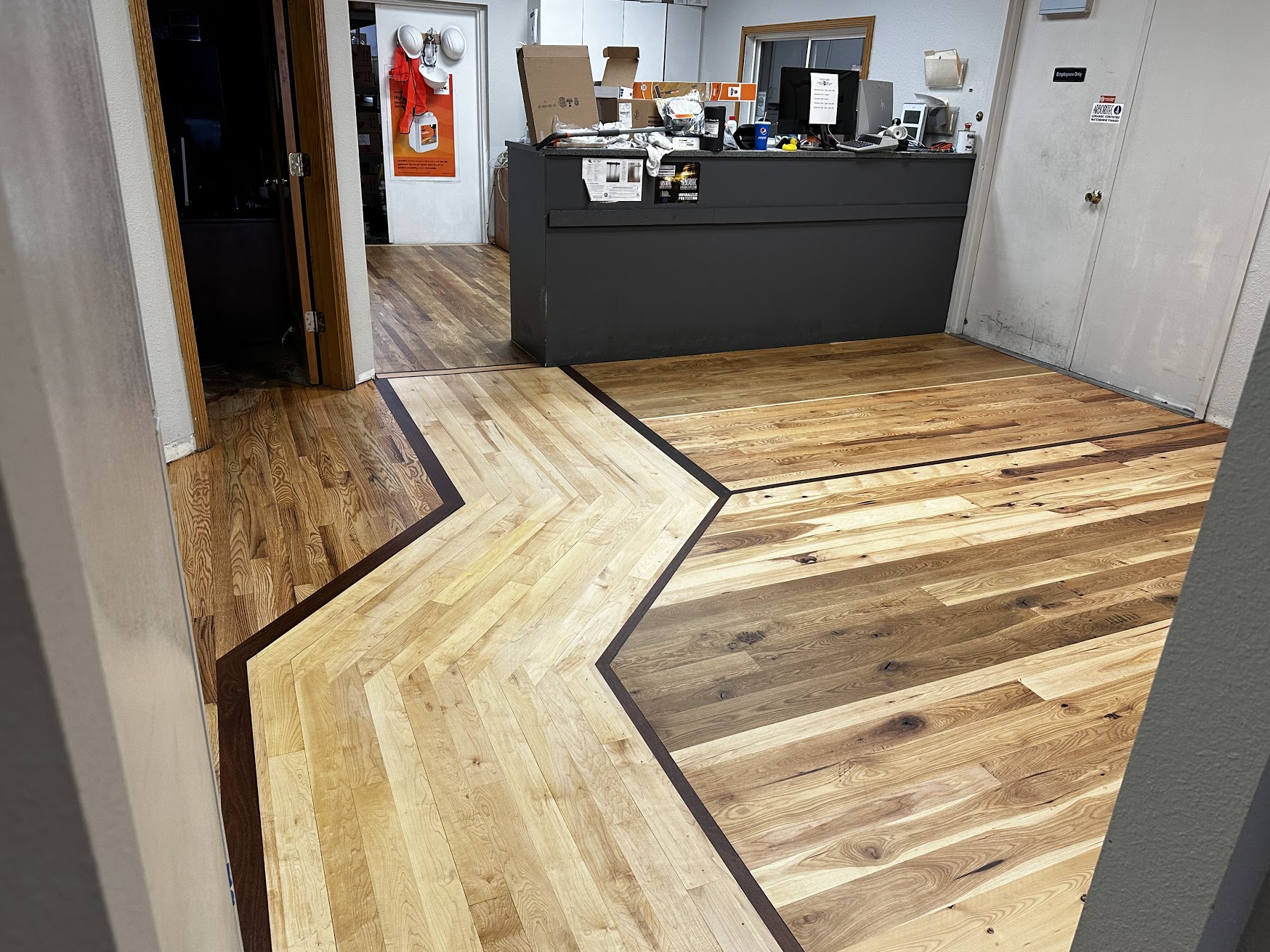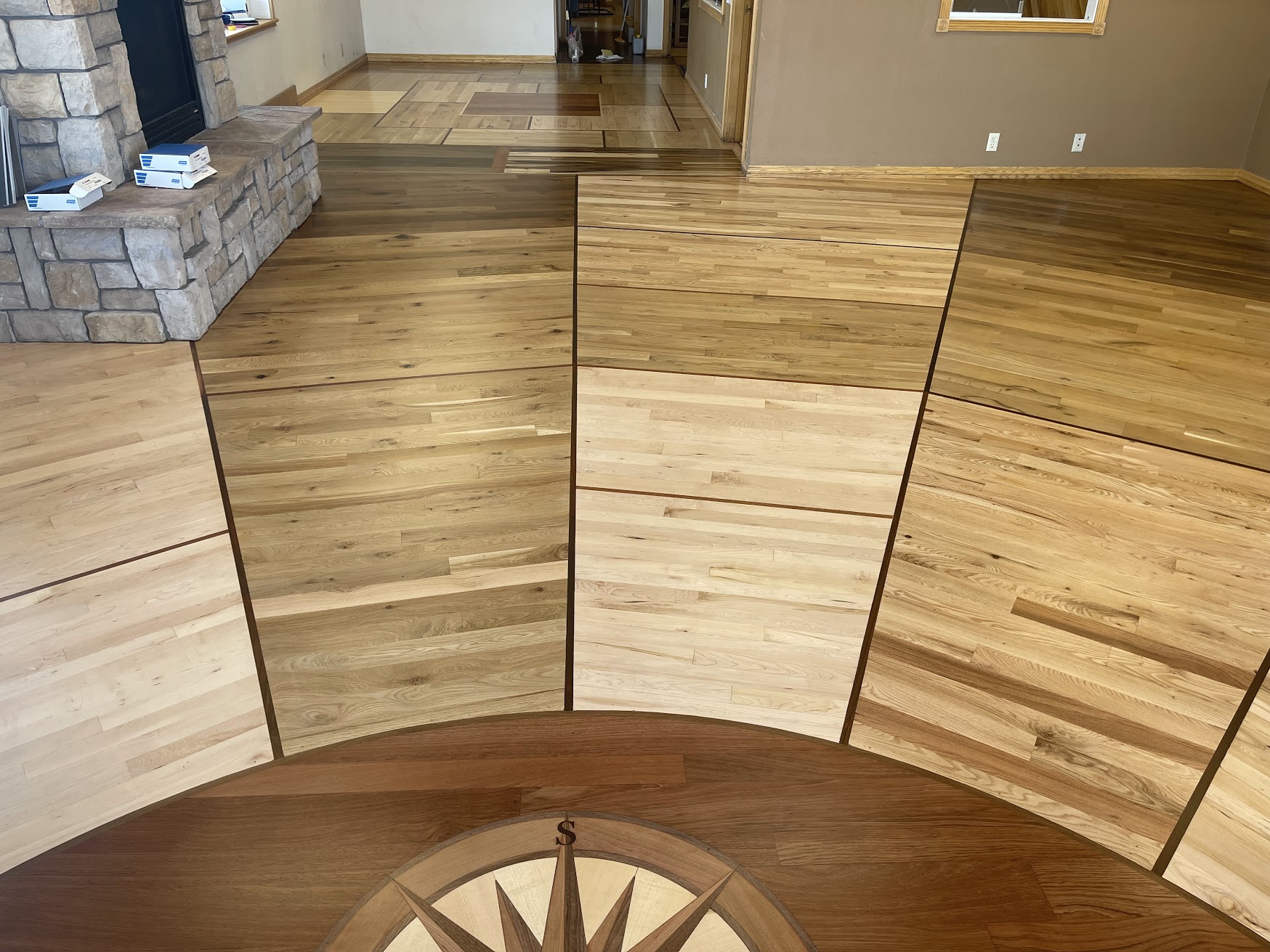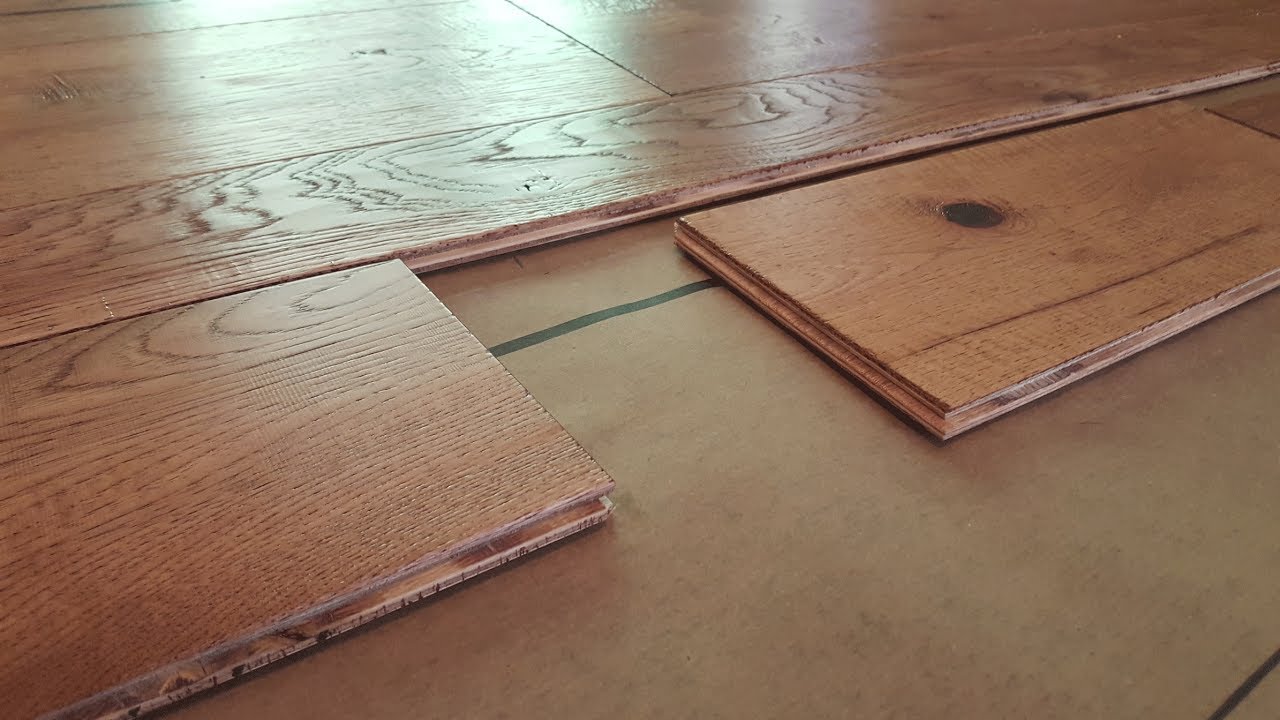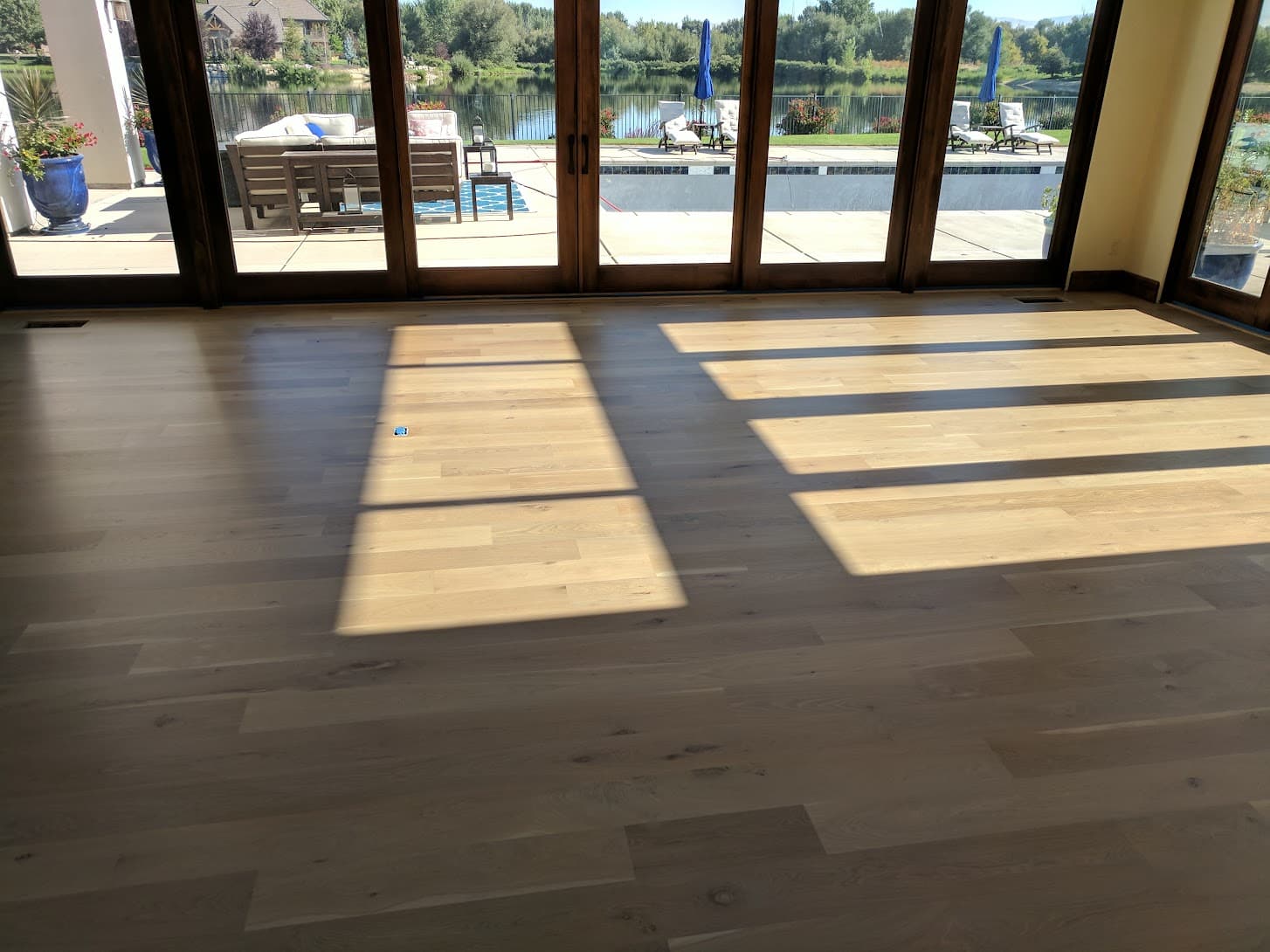Introduction to Engineered Hardwood Floors
Engineered hardwood floors have garnered significant attention in the flooring market, offering a blend of aesthetic appeal and functional benefits. These floors consist of a real hardwood veneer atop a core of high-quality plywood or high-density fiberboard. This unique construction not only makes them aesthetically pleasing but also imbues them with certain physical advantages over traditional hardwood floors.
Understanding the Core Construction
The core construction of engineered hardwood floors is designed to minimize movement. Traditional solid hardwood floors can warp or swell due to changes in humidity and temperature. In contrast, the layered structure of engineered hardwood provides stability, reducing the likelihood of such issues. This stability is often misconstrued as increased durability, but it primarily reduces the potential for warping and cracking.
Moisture Resistance and Placement Versatility
Engineered hardwood’s ability to handle moisture better than solid hardwood is a significant advantage. This property allows for installation in parts of the house where solid hardwood would be unsuitable, such as basements or over concrete slabs. This versatility extends the potential use of hardwood flooring to virtually every part of a house, be it above, on, or below grade. However, it’s important to note that while engineered floors handle moisture better, they are not entirely waterproof.
The Influence of the Aluminum Oxide Finish
The durability of the top layer of engineered hardwood is often enhanced by an aluminum oxide finish. This finish, known for its toughness, is applied in several coats and baked onto the surface. While it extends the life of the floor’s surface by offering resistance to scratches and stains, it is important to remember that this does not necessarily translate to the overall durability of the floor. The finish does not prevent dents or damage to the wood beneath.
Comparison with Traditional Hardwood Floors
When compared to traditional hardwood floors, engineered hardwood offers different benefits and drawbacks. One key difference is the ability to refinish these floors. Engineered floors can only be sanded and refinished a limited number of times due to the thinness of the top veneer layer, unlike solid hardwood that can be refinished multiple times over its lifespan.
The Role of Wood Species in Durability
The choice of wood species used in the veneer layer significantly influences the floor’s durability. Hardwoods like oak, maple, and hickory are known for their durability and can withstand heavy foot traffic better than softer woods like pine or birch. The wood species selected should align with the expected use and traffic in the space where the flooring is installed.
The Environmental Aspect
Engineered hardwood floors also present an eco-friendlier option compared to solid hardwood. The plywood or fiberboard layers typically use wood from faster-growing, less endangered species, reducing the impact on old-growth forests. This aspect is increasingly important for environmentally conscious consumers. However, engineered hardwood floors use glue and other products as well as more shipping is involved. Typically this is a wash.
Maintenance and Longevity
Regular maintenance plays a crucial role in the longevity of engineered hardwood floors. Proper cleaning, immediate attention to spills, and protection from scratches and dents can greatly extend the life of these floors. The use of area rugs and protective pads under furniture can also help in maintaining their appearance and structural integrity.
Conclusion: A Balanced Perspective
In summary, while engineered hardwood floors offer advantages like stability and moisture resistance, their durability is a more nuanced subject. It depends on factors like the wood species, quality of construction, and maintenance. These floors provide a practical and attractive option for many homeowners, but it’s essential to weigh their features against specific needs and expectations. The decision to choose engineered hardwood should be based on a comprehensive understanding of its properties, rather than a simple assumption of superior durability.




